Market Growth Projections
The Global Hyper-Converged Infrastructure Market Industry is poised for substantial growth, with projections indicating a market size of 46.9 USD Billion in 2024 and an anticipated increase to 545.8 USD Billion by 2035. This growth trajectory reflects a compound annual growth rate (CAGR) of 25.0% from 2025 to 2035. Such figures suggest a robust demand for hyper-converged solutions as organizations increasingly recognize the benefits of integrated IT infrastructure. The market's expansion is likely to be fueled by various factors, including the need for simplified management, cost efficiency, and enhanced security. As businesses continue to evolve, the hyper-converged infrastructure market appears well-positioned for sustained growth.
Scalability and Flexibility
Scalability and flexibility are critical attributes driving the Global Hyper-Converged Infrastructure Market Industry. Organizations are increasingly facing fluctuating workloads and the need for rapid scalability to accommodate growth. HCI solutions provide the ability to scale resources seamlessly, allowing businesses to add or remove capacity as needed without significant disruption. This adaptability is particularly beneficial for enterprises operating in dynamic environments, where demand can change rapidly. The flexibility of HCI also enables organizations to deploy applications in various configurations, catering to specific business needs. As the market is expected to grow at a CAGR of 25.0% from 2025 to 2035, scalability will likely remain a key consideration for enterprises.
Increased Adoption of Cloud Services
The rise of cloud computing is a significant driver of the Global Hyper-Converged Infrastructure Market Industry. Organizations are increasingly adopting hybrid and multi-cloud strategies to leverage the benefits of both on-premises and cloud environments. HCI solutions facilitate this transition by providing a unified platform that integrates seamlessly with cloud services. This integration allows businesses to manage workloads across different environments efficiently, enhancing operational agility. As enterprises seek to optimize their cloud investments and ensure data security, the demand for HCI solutions that support cloud integration is likely to grow. The market's trajectory suggests a potential reach of 545.8 USD Billion by 2035, underscoring the importance of cloud adoption.
Enhanced Data Security and Compliance
Data security and compliance are paramount concerns for organizations, driving the Global Hyper-Converged Infrastructure Market Industry. With increasing regulatory requirements and the growing threat of cyberattacks, businesses are prioritizing solutions that offer robust security features. HCI solutions often come with built-in security measures, such as encryption and access controls, which help organizations safeguard sensitive data. Furthermore, the centralized management capabilities of HCI facilitate compliance with various regulations by providing comprehensive visibility and control over data. As organizations navigate the complexities of data protection, the demand for hyper-converged infrastructure that addresses these challenges is likely to rise, contributing to the overall market growth.
Cost Efficiency and Resource Optimization
Cost efficiency remains a pivotal driver in the Global Hyper-Converged Infrastructure Market Industry. Organizations are increasingly recognizing the financial benefits of adopting HCI solutions, which often lead to reduced capital expenditures and lower operational costs. By integrating various IT functions into a single platform, companies can minimize the need for extensive hardware investments and reduce energy consumption. Furthermore, HCI solutions often come with simplified licensing models, which can lead to predictable budgeting. This financial advantage is particularly appealing to small and medium-sized enterprises looking to optimize their IT spending while maintaining performance. As the market evolves, the potential for cost savings will likely continue to attract new adopters.
Growing Demand for Simplified IT Management
The Global Hyper-Converged Infrastructure Market Industry experiences a surge in demand for simplified IT management solutions. Organizations are increasingly seeking to streamline their IT operations, reduce complexity, and enhance efficiency. Hyper-converged infrastructure (HCI) offers an integrated approach that combines storage, computing, and networking into a single solution. This consolidation not only reduces the need for multiple hardware components but also simplifies management through centralized control. As a result, businesses can allocate resources more effectively and respond to changing demands swiftly. The market is projected to reach 46.9 USD Billion in 2024, indicating a robust growth trajectory driven by this demand.
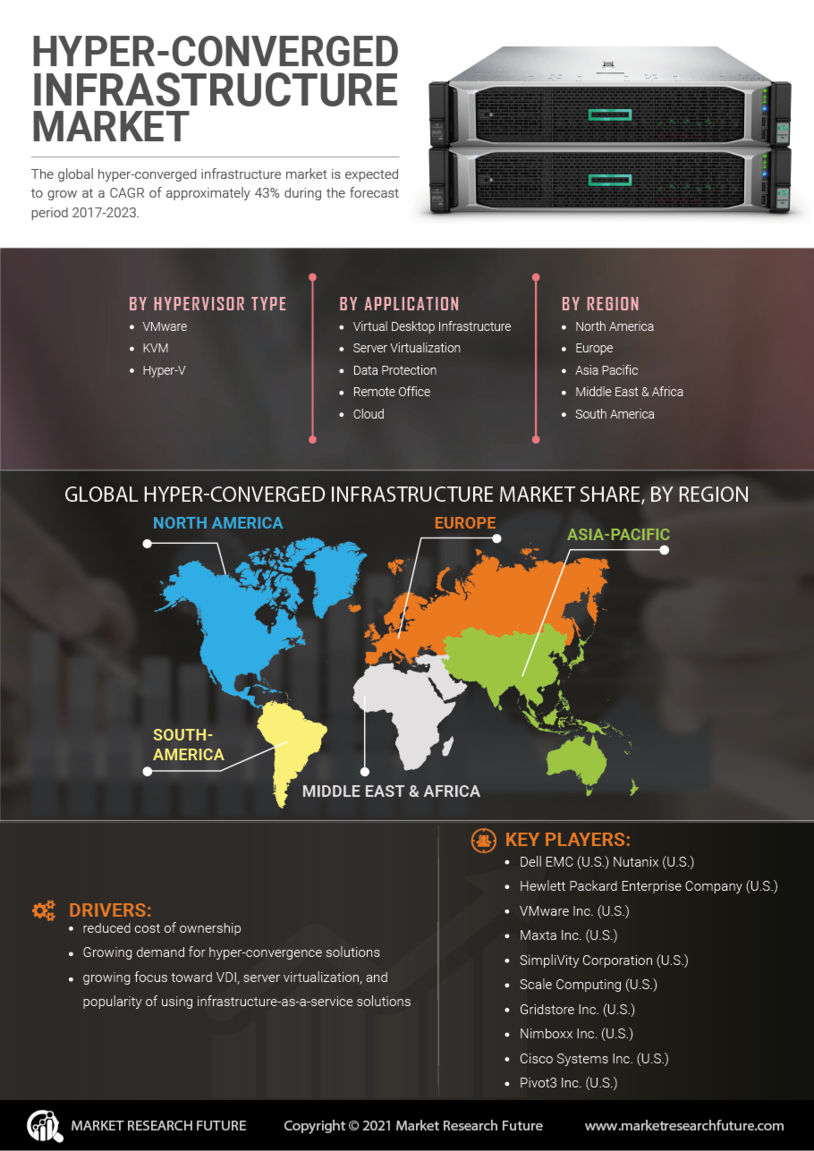
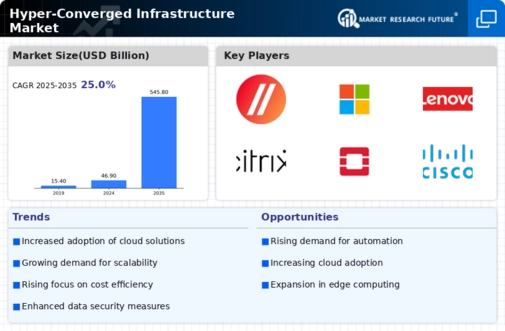
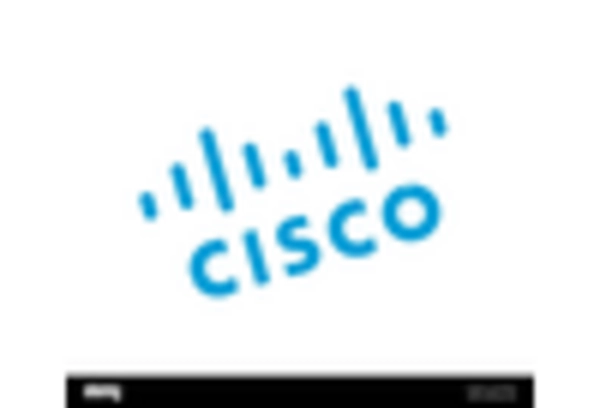
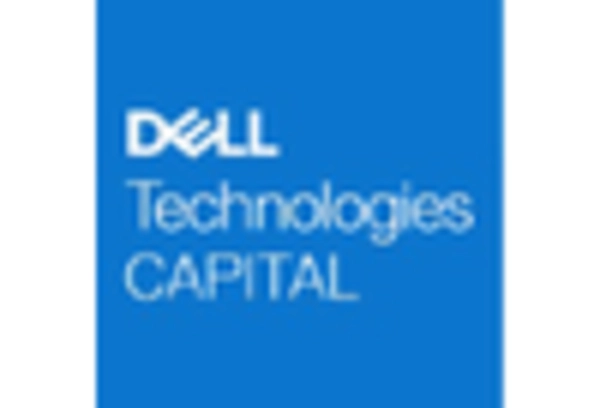



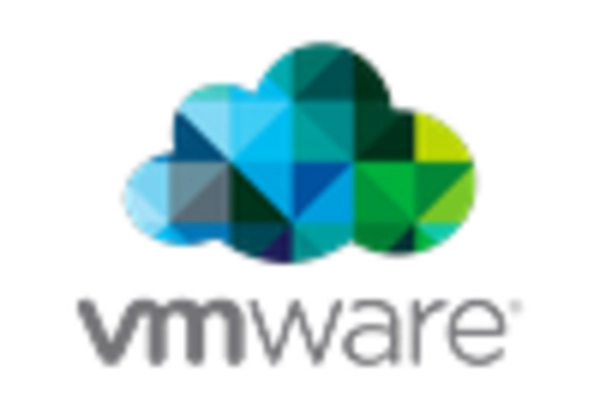








Leave a Comment